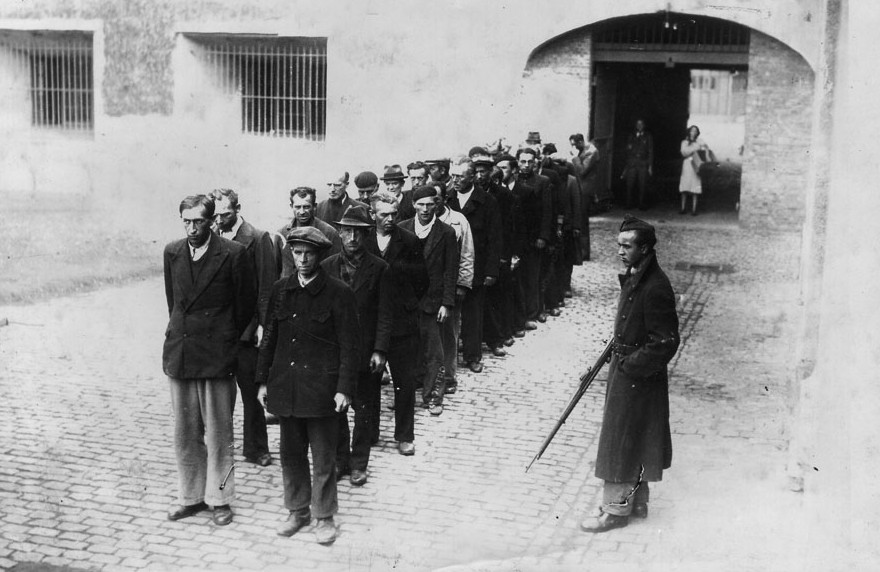Hell of Breendonk
During World War II, Breendonk Fort served as a transit camp. The German occupiers locked up political prisoners and resistance fighters there awaiting deportation to camps and other penal institutions in the German Reich. Initially, Jewish prisoners also ended up in Breendonk. But from the summer of 1942, the Dossin Barracks served as a transit camp for Jews.
Living conditions in the fortress were terrible. Forced labour, hunger, poor hygiene, ill-treatment, torture and executions claimed the lives of at least 301 prisoners.
In total, some 3,600 prisoners passed through the fort. Only half would eventually survive the war. The last prisoners were taken away as late as 30 August 1944. The fort was empty when British liberators arrived in Breendonk five days later.
Tooth for tooth
Immediately after liberation, the Breendonk fort again served as a prison. The local resistance locked up citizens suspected of collaborating with the German occupier, the so-called 'incivilians', there. Some members of the resistance were bent on revenge and mistreated the prisoners. A photo from the time shows a woman being shaved bald and daubed with swastikas.
After just over a month, the justice minister ordered the evacuation of the fortress. The prisoners moved to the Dossin Barracks in Mechelen. After the evacuation, the fortress became an official internment centre where the Belgian government imprisoned convicted and suspected collaborators.
Tourist information
Cycling routes
Tourism Province of Antwerp has created liberation routes along the cycle junction network. Cycle and walk past the places where it all happened, for example monuments, military cemeteries and crash sites. For the liberation routes, go to fietsroutes.provincieantwerpen.be
